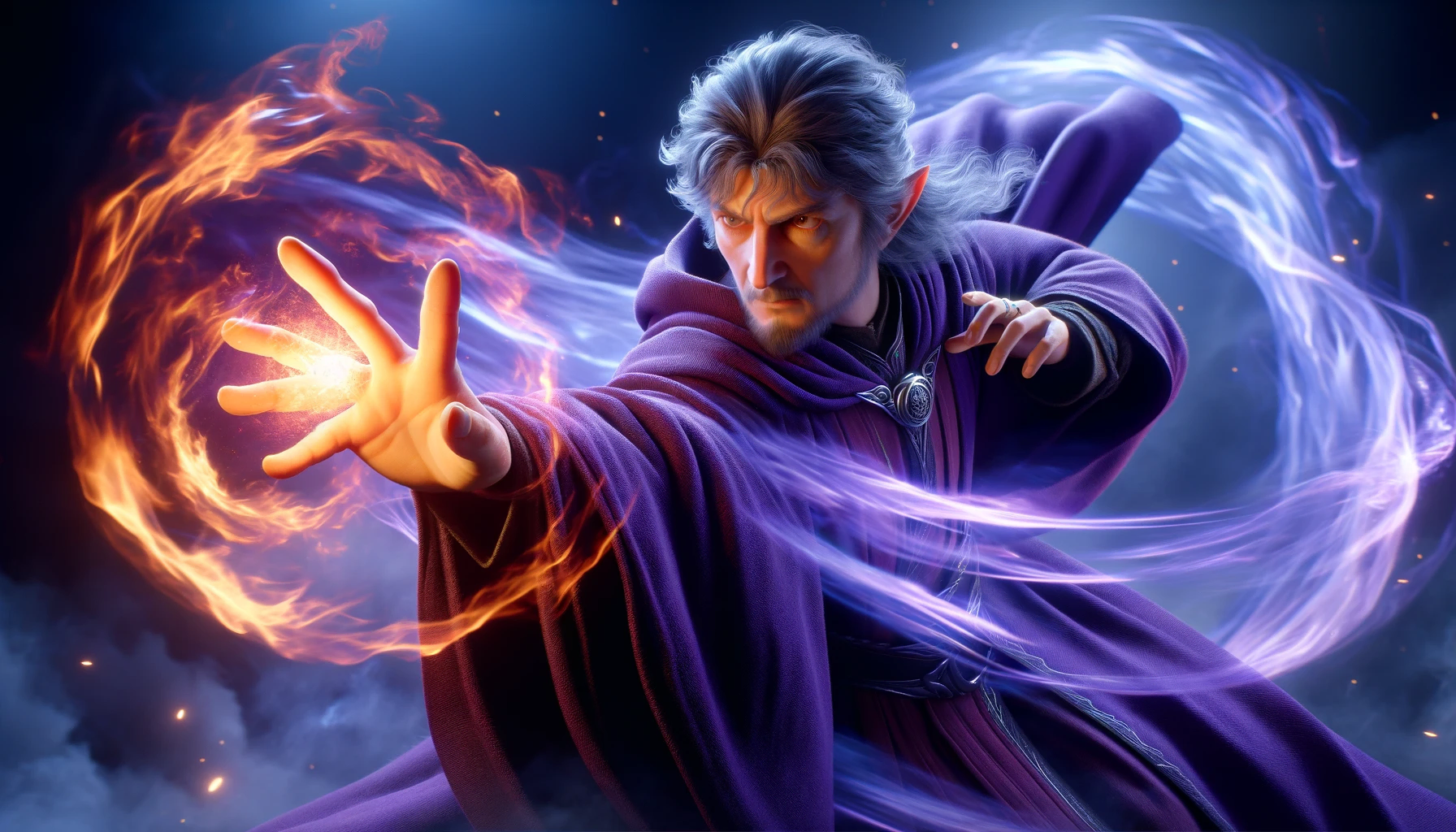This article examines the mythological conflicts between Titans and Giants, highlighting their strengths, vulnerabilities, and cultural impact. Titans, primordial Greek deities, symbolize immense power and cosmic order but are ultimately defeated by the Olympians due to their hubris and internal strife. Giants, massive beings representing chaos, challenge divine order but suffer from overconfidence and the influence of fate. Both figures serve as metaphors in literature and modern culture, embodying human struggles against overwhelming odds. Their stories illustrate the complex interplay of strength and vulnerability, contributing to our understanding of existence and the enduring legacy of mythology.
Titans vs. Giants: An Exploration of Strengths and Vulnerabilities in Mythology
Introduction
Throughout the annals of mythological history, few stories resonate as powerfully as the epic clashes between Titans and Giants. These colossal beings, derived from ancient civilizations, symbolize the quintessential battle between great forces, embodying strength, fragility, and the complexities of existence. This article delves into the rich tapestry of mythology surrounding Titans and Giants, exploring their strengths, vulnerabilities, and lasting impact on culture and literature.
The Titans: Origin and Attributes
An Overview of Titans
In Greek mythology, the Titans were the primordial deities that preceded the Olympian gods. Born from Gaia (Earth) and Uranus (Sky), the Titans personified elemental forces and cosmic concepts. Notable Titans include Cronus, the leader who turned against his father, and Rhea, the embodiment of motherhood.
Strengths of the Titans
-
Imposing Power: The Titans were often viewed as embodiments of immense strength and dominion. Their immense size and physical prowess made them formidable forces. For instance, Atlas, a Titan condemned to hold up the heavens, is synonymous with endurance.
-
Universal Influence: Beyond mere physical strength, Titans held sway over various elements of nature and existence. Oceanus, representing the ocean, and Hyperion, the personification of light, exemplify the deep connections between the Titans and foundational aspects of the world.
- Endurance Through Generations: The Titans represent a kind of timelessness, often seen as able to withstand the existential challenges presented by the cyclical nature of history. Their legacy continues through the Olympians, standing testament to their eternal influence.
Vulnerabilities of the Titans
-
Rebellion and Defeat: The greatest vulnerability faced by the Titans was their own hubris. Their rebellion against the Olympian gods, led by Zeus, resulted in a catastrophic war known as the Titanomachy. The defeat of the Titans marked the end of their reign and the rise of the Olympians.
-
Familial Betrayal: Many Titans suffered due to internal strife and betrayal within their own ranks. Cronus, fearing the prophecy of being overthrown by his own children, devoured each of them at birth. This act of paranoia ultimately led to his own downfall, as one of his children, Zeus, escaped and rallied a rebellion against him.
- Isolation and Imprisonment: Post-defeat, the Titans faced punishment, often being imprisoned in Tartarus, the abyss. This isolation represents their ultimate vulnerability — the fall from power, and the consequences of their rebellion against the new order.
The Giants: Origins and Attributes
Understanding the Giants
In contrast to the Titans, Giants, especially in Greek and Roman mythologies, were described as massive humanoid beings born from the blood of Uranus spilled on Gaia. The most notable episode involving Giants is their battle against the Olympian gods known as the Gigantomachy.
Strengths of the Giants
-
Physicality: Giants were known for their immense size and physical power, often portrayed as larger-than-life figures. This physicality not only conveyed brute strength but also a supernatural presence that instilled fear in their adversaries.
-
Representatives of Chaos: In many mythologies, the Giants embodied chaos and primal disorder, which served as an essential counterbalance to the structured rule of the Olympians. Their chaotic nature represented challenges that needed to be overcome to establish harmony in the world.
- Multiplicity and Diversity: Unlike the limited number of Titans, Giants often appeared in diverse forms with unique attributes and powers. This diversity made them unpredictable and challenging opponents for the Olympians.
Vulnerabilities of the Giants
-
Overconfidence: The Giants frequently exhibited overconfidence in their physical abilities, leading to disastrous miscalculations. During the Gigantomachy, they believed that sheer strength could overcome the Olympians, misjudging the importance of strategy and unity among the gods.
-
Divine Assistance to Their Foes: The Giants faced an insurmountable disadvantage due to divine intervention on the side of the Olympians. Prominent figures like Heracles played pivotal roles in defeating the giants, showcasing the unresolved imbalance that comes from relying solely on brute force.
- Divine Prophecy: Certain myths suggest that the Giants were doomed due to prophecies, which underpin the theme of fate versus free will. Their resistance against the Olympians was predestined to fail, highlighting the futility of their rebellion.
Cultural Impact and Legacy
Literary Interpretations
The mythological stories of Titans and Giants have captivated artists, writers, and poets throughout history. From the dramatic depictions in Homer’s Iliad to the intricate paintings of the Renaissance period, their narratives resonate with themes of power, betrayal, and the perpetual struggle between order and chaos.
Symbolism in Modern Contexts
In contemporary culture, the Titans and Giants function as powerful metaphors. They symbolize the human struggles against overwhelming odds, representing both the greatness and demise of individuals or entities. Literature, film, and art often reinterpret these figures, exploring modern dilemmas through the lens of ancient myth.
Conclusion
The exploration of Titans versus Giants within mythology reveals deeper insights into human nature and the universal narratives that dominate our understanding of strength and vulnerability. While Titans embody primordial power and order, Giants represent chaotic forces defying that order. Their stories remind us that power, regardless of its form, carries inherent vulnerabilities, and it is in this tension that the most compelling tales arise. As we navigate our own battles with giants and titans in life, these ancient narratives continue to inspire and challenge us, immortalizing their legacy in the very fabric of our collective consciousness.
